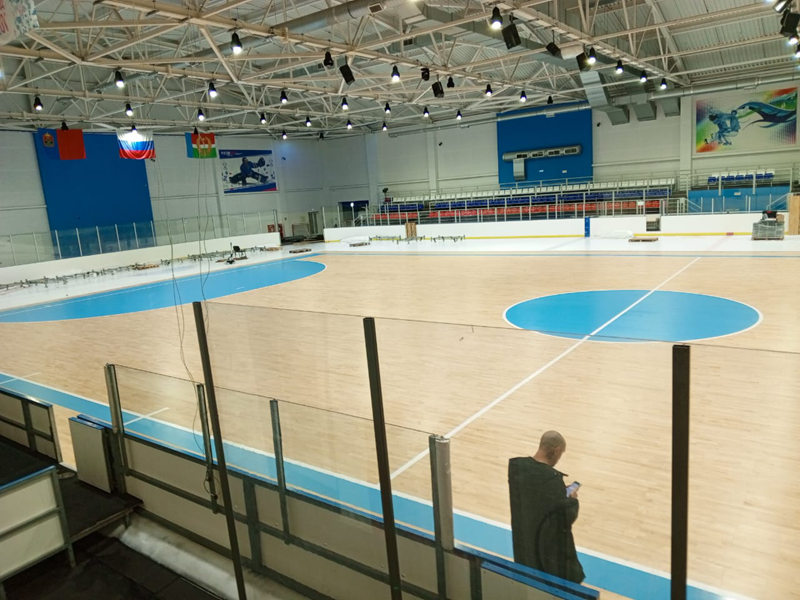The environmental impact of indoor sports wood flooring is a growing concern for many facility owners and operators. While wooden floors are a natural, renewable resource, the production and installation process can have significant environmental consequences if not managed properly.
To minimize the environmental impact of indoor sports wood flooring, consider choosing products that are certified by organizations such as the Forest Stewardship Council (FSC). FSC certification ensures that the wood used in the flooring comes from responsibly managed forests that prioritize biodiversity, conservation, and the well-being of local communities.
Additionally, look for flooring options that use low-VOC (volatile organic compound) finishes and adhesives. These products emit fewer harmful chemicals into the air, improving indoor air quality and reducing the risk of health problems for athletes and staff.
Finally, consider the floor's lifespan and end-of-life disposal options. Choosing a durable, long-lasting floor can reduce the need for frequent replacements, thereby minimizing waste. When the floor does reach the end of its lifespan, look for recycling or repurposing options to ensure that the wood is disposed of in an environmentally friendly manner.

Leave a Reply